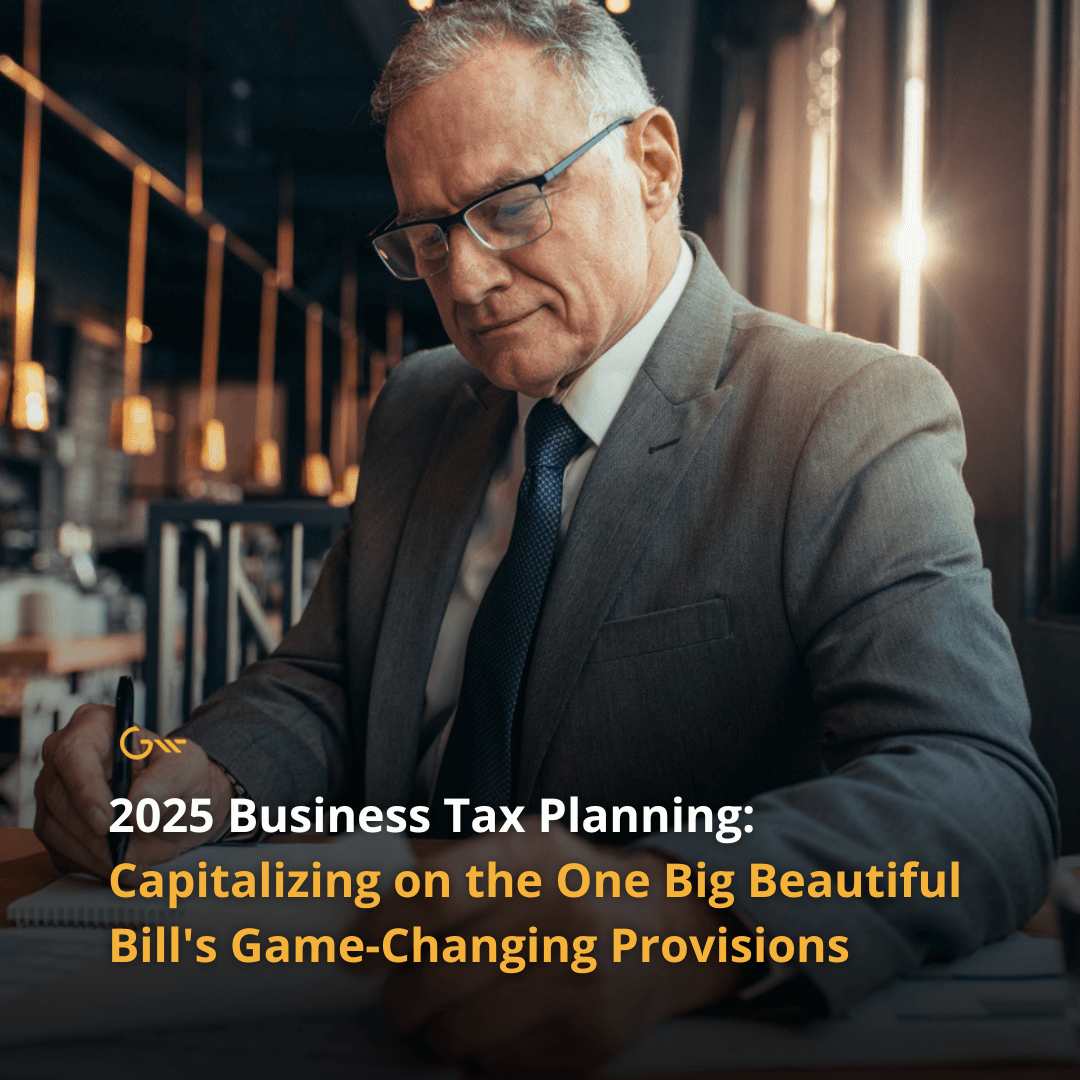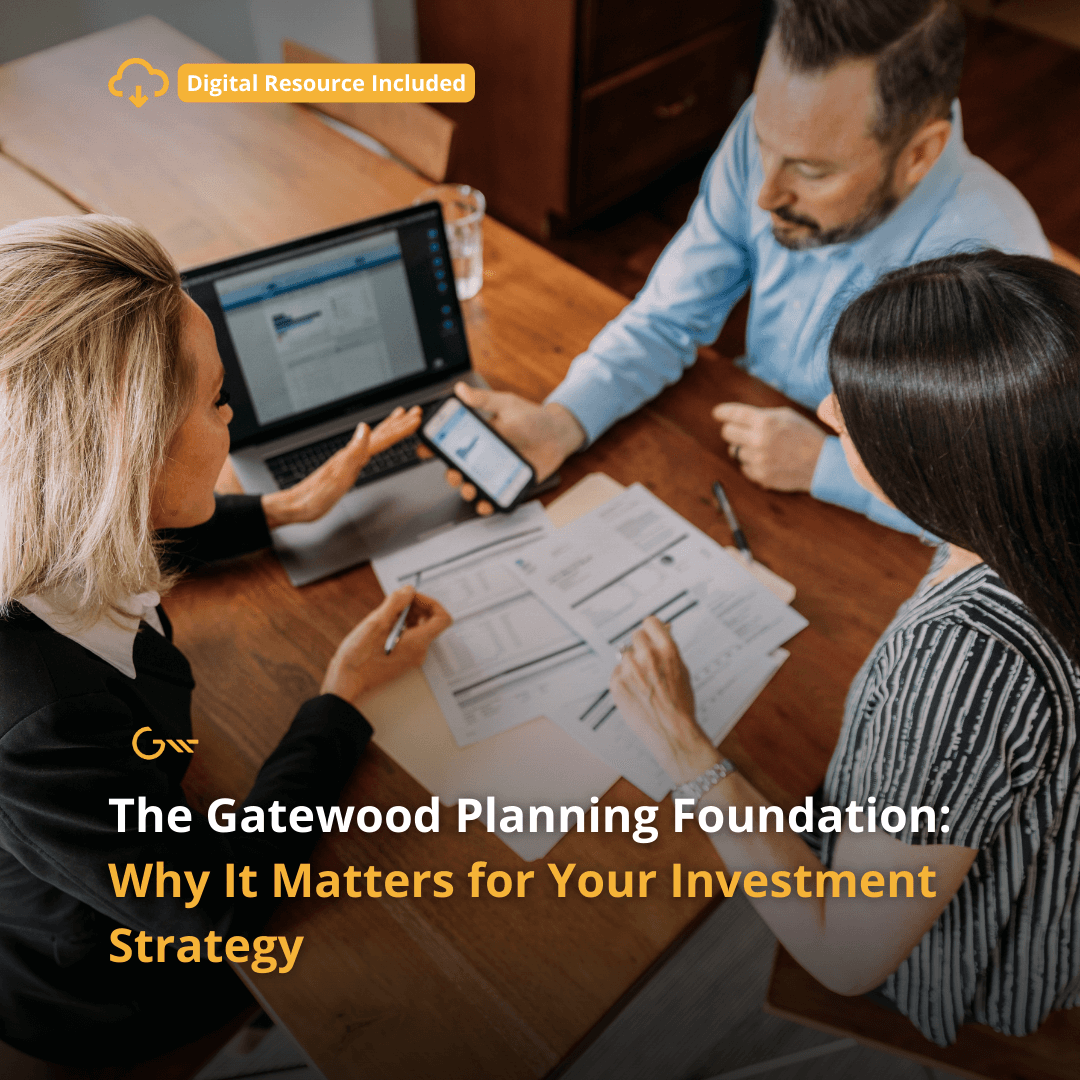The CFA® Designation – A Hallmark of Excellence
Are you familiar with the CFA® designation?
The Chartered Financial Analyst (CFA®) designation is considered the gold standard in the field of investment analysis and portfolio management. It is globally recognized and given by the CFA Institute, validating an individual’s competence and integrity in investment management. It signifies a rigorous course of study and a commitment to the highest ethical standards.
At Gatewood Wealth Solutions, our team includes CFA® credentialed investment professionals bring expertise and credibility to our clients’ investment strategies.
Not All Strategies are Created Equally
In the realm of financial advisory services, not all strategies are created equal. While many advisors opt to delegate investment management to outside money managers or rely on predetermined strategies within their firms, others take a more passive approach by simply allocating funds to passive or index funds and ETFs, often without active portfolio management tailored to the individual’s total asset mix and risk profile.
At Gatewood Wealth Solutions, we take a different approach. We use the CFA® Goals Based Planning Methodology for Portfolio Management in which a client’s assets are first categorized into three different buckets based upon the type of risk they face.
This approach allows us to provide personalized investment strategies that align with our clients’ needs and aspirations, rather than adopting a one-size-fits-all approach.
Let’s break down each bucket:
The Personal Risk Bucket
Purpose:
The first bucket is for low risk liquidity. It helps us make sure we have enough cash so we can weather any economic storm. We typically recommend 6-30 months of cash depending upon one’s life stage. This bucket is designed to cover essential needs and core lifestyle expenses. It’s the foundational component of one’s wealth and aims to ensure that even in adverse market conditions, an individual or family can maintain a basic standard of living without having to liquidate assets at the wrong time.
Asset Types:
Typically, this bucket includes assets with low volatility and risk: cash, high-quality short- to intermediate-term bonds, fixed annuities, and other conservative assets. It also includes one’s primary residence.
Risk Profile:
The focus here is on preservation of principal and liquidity, so assets in this bucket generally have minimal exposure to market downturns. The expected return of these assets is below inflation.
The Market Risk Bucket
Purpose:
The market risk bucket is essentially your “core retirement bucket”. It’s the net present value of all the cash you’ll need in retirement. The goal is not preservation of principal, but preservation of purchasing power. Inflation is best hedged with a diversified investment portfolio. The goal for this bucket is meant for generating returns that will outpace inflation and grow wealth over time.
Our aim with this bucket is to keep up with the benchmarks rather than try to drastically outperform the market. This way, as families navigate their way through retirement, education, and other life goals, their capital account can keep up with the growth of these expenses. It addresses the need for long-term financial security beyond just the essential needs covered in the personal risk bucket.
Asset Types:
This bucket contains a diversified mix of assets that include equities, longer-term bonds, mutual funds, ETFs, and other traditional investment vehicles.
Risk Profile:
This bucket has a moderate to high risk, with the understanding that market fluctuations can impact its value in the short to medium term. However, over longer periods, it’s expected to provide positive real returns. The expected return is above inflation.
The Aspirational Risk Bucket
Purpose:
Anything in excess of the first two buckets we consider aspirational. This is the “swing for the fences” bucket. The goal is to achieve substantial or outsized returns that greatly exceed the market and can move the individual up the wealth spectrum. However, it should be money that an individual can afford to lose without affecting their basic standard of living or long-term financial security.
Asset Types:
These are illiquid assets like a business or real estate, or concentrated assets like a single stock or equity compensation. It also includes high-risk, high-reward investments like startups, speculative stocks, and hedge funds.
Risk Profile:
This bucket is high risk, and there’s a significant chance of loss. The expected return is to greatly exceed the market and inflation.
Putting It All Together
What is our ultimate strategy with these buckets when helping clients pursue financial independence?
We first want clients to enter retirement with no debt, their homes fully paid for, and enough cash in their personal risk bucket to weather any economic storm and insulate their portfolios from being liquidated at the wrong time.
Next, we want their market risk bucket fully funded with the net present value of all their future cash needs in retirement invested in a diversified portfolio that when stress-tested they have a 90% or better chance of never running out of money.
Anything in excess of this bucket can be invested for legacy planning or a cause that is important to them.
It is important to remember that “wealth is made through concentration but preserved through diversification”.
Conclusion
The beauty of this approach is in its intuitive separation of assets based on their purpose and risk. By allocating wealth across these three buckets, individuals can ensure they’re covered for basic needs, have a strategy for long-term growth, and can pursue high-reward opportunities without jeopardizing their fundamental financial security.







